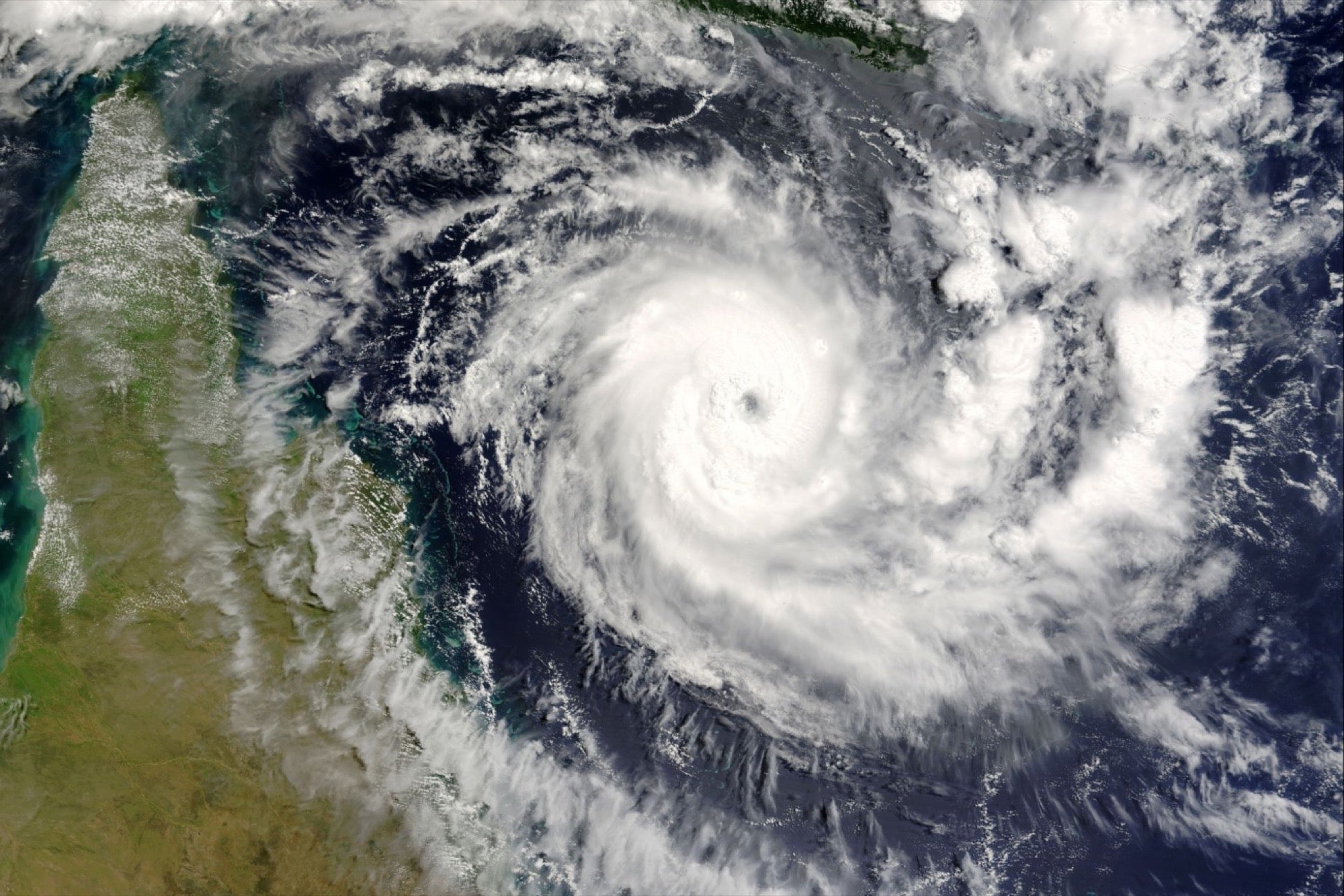Is Your Business Ready for the Next Devastating Natural Disaster?
A natural disaster can destroy a business in the matter of minutes, which could leave an unprepared entrepreneur destitute.

By Chris Meyer •

Opinions expressed by Entrepreneur contributors are their own.
In the wake of Hurricane Harvey, we are faced with Irma, Jose and potentially Katia, making landfall and wreaking havoc on the eastern United States. This leaves many entrepreneurs and business owners questioning how they would recover from a natural disaster, including myself.
Related: Sound the Alarms: How Small-Business Owners Can Prepare for Hurricane Season
As the co-founder and CEO of Magilla Loans, the impact a natural disaster could have on my business terrifies me. It is frightening to think how a natural disaster can destroy a business in the matter of minutes, which could leave an unprepared entrepreneur destitute. This is why it is imperative to have a comprehensive recovery plan already in place. Additionally, a well executed recovery plan can save lives.
Be prepared: Create a written recovery plan in advance.
A recovery plan is an essential tool for a business to have when a natural disaster strikes. More importantly, a recovery plan is critical if your business is located in a high-risk area. You will want to include specifics that address the natural disasters common to the area. For example, if you live in an earthquake prone area, you may include different procedures than a business located in a flood zone.
The most common natural disasters in the U.S. are blizzards, earthquakes, floods, hurricanes and tornadoes. Oftentimes, these types of calamities affect large areas, and it can be disastrous for a business. It is important to consider the natural disaster risks for each area if you have multiple offices and then modify the individual plans accordingly. A well-written recovery plan should typically include the following:
1. Resources and contact information: The resource and contact information should be on the first page of the plan so it can be found easily. Include the entire emergency team and contact information for each person. The emergency team should identify the person (or persons) who needs to be be contacted in case of a disaster. Important phone numbers for applicable government agencies should be listed here as well.
2. "How-to" guide: The information in this section should describe how to use the recovery plan. It should define what qualifies as a natural disaster (hurricane, earthquake, flood), who declares the disaster, and who to contact in case of a disaster. We recommend including multiple emergency contacts, in case someone is not readily available.
Related: Why Every Small Business Needs a Backup and Disaster Recovery Plan
3. Policies and procedures: Specify various situations in which the plan should be used and have a detailed outline for each. Include step-by-step procedures that are easier to follow than general instructions. You will want to have the procedures listed in the exact order of execution. For example, for safety reasons, someone may need to shut off power or gas before proceeding with another step. The step-by-step procedures should be simple and straightforward so anyone can understand and execute them.
4. Reviews and updates: This section should define how often the plan is reviewed and updated. Many changes occur over time with a business, including personnel and their contact information. Additionally, if the business expands, relocates or changes the products/services offered, it is important to update the plan accordingly. The person who is assigned with this task should be included on the section as well.
5. Disaster documentation: It is important to gather all of the pertinent information and facts before declaring a disaster. This information should include a timeline of the disaster, an itemized list of the damaged property, witness statements, and a complete list of everyone that was involved and/or affected (including clients). The person responsible for gathering and documenting this information should also be listed in this section.
6. Resuming business operations: This section should have detailed information and instructions about resuming business operations. It should also have a relocation plan (if necessary), list of alternate work locations, emergency management teams and office equipment replacement instructions. Additionally, the alternate work locations should include the physical address, phone number and special instructions (when applicable) for each.
7. Appendix: The appendix should list all of the emergency teams including detailed contact information for management, vendors, maintenance companies and insurance representatives. The appendix should be updated regularly.
Share the recovery plan with each employee.
It is critical that each employee, contractor, vendor or anyone else regularly working on site, receive a copy of the plan. Each time the plan is updated, it should be shared with the entire team. It is also important to store the most recent copy of the plan in the cloud.
Related: When Weather Disrupts Your Business
Store all important data and files in the cloud.
Now that cloud storage has become fairly inexpensive, we suggest all business owners use one to safely store important data and files. We not only recommend using the cloud in case of emergency, but this extra layer of data protection can be beneficial to any business. The recovery plan should be stored in the cloud in addition to keeping a printed copy in each location.
Keep adequate insurance, including applicable riders.
Insurance can be your best investment when a natural disaster occurs. We suggest you carefully review your options with an insurance agent and select adequate coverage and applicable riders. Both earthquake and flood insurance are considers riders, and they are not typically included in a basic policy. You may also consider a supplemental insurance policy to cover loss of wages etc., in the event of a natural disaster.
Beware of opportunistic scams created to target disaster victims.
Scammers capitalize on natural disasters and become very creative with deceptive new scams. After most natural disasters, scammers come out of the woodwork to try and steal money by posing as a charity representative. However, there are many other scams and fraudulent websites cropping up each day. The Federal Trade Commission recommends vetting a charity or website before you donate. A few of the watchdog websites are Charity Navigator, Charity Watch and Guide Star. The FTC also strongly urges people to avoid donating cash or writing a personal check. Additionally, they recommend avoiding social media donation solicitations all together.
Related: What Businesses Need to Know About Preparing, Coping and Recovering From Natural Disasters
You should also be on the lookout for robocallers purporting to be an insurance representative. A new scam is calling victims claiming their insurance premium is late, and coverage will be denied if a payment isn't made right away. In your recovery plan, you should list of all of your insurance policies including the representative's name and phone number. If you receive a robocall, hang up and call your insurance representative directly or login online to review your policy status. Lastly, we recommend monitoring your credit and identity, which can protect your good name, especially in a time of crisis. Many natural disaster victims have their identities stolen by scammers trying to collect donations or relief funds.
Unfortunately, natural disasters are a part of our lives. They are unpredictable and can strike without warning. It is best to be prepared and have a comprehensive recovery plan in place to help rebuild your business as swiftly as possible.









